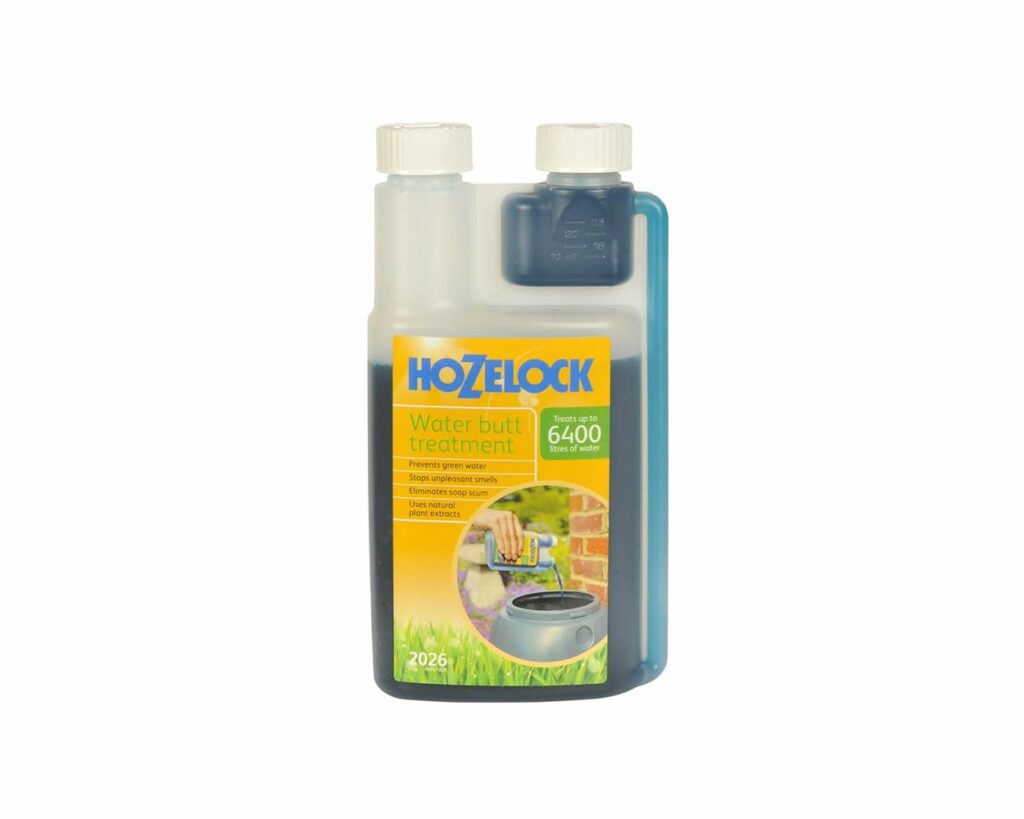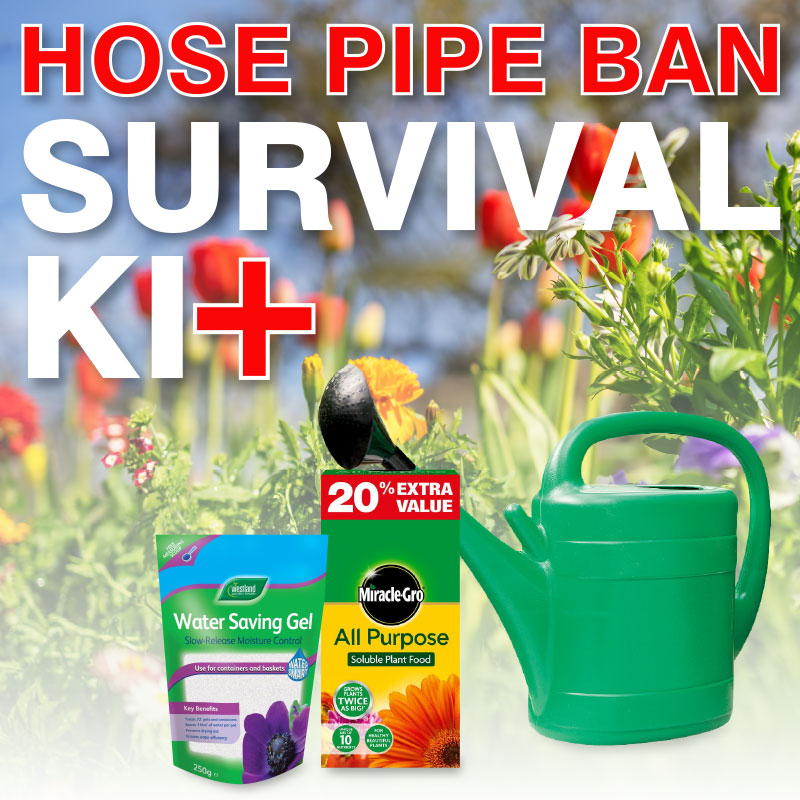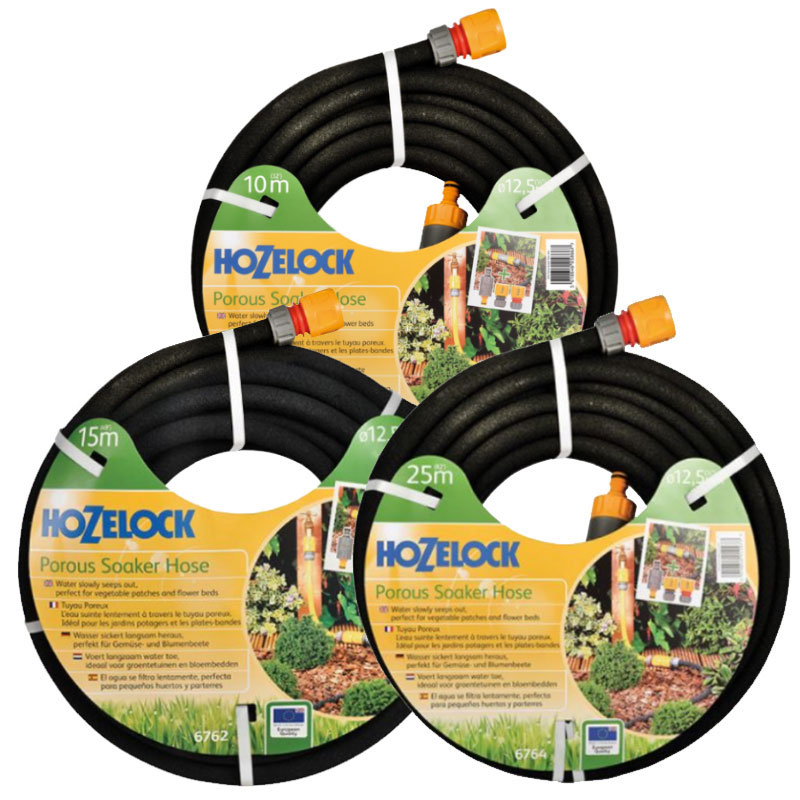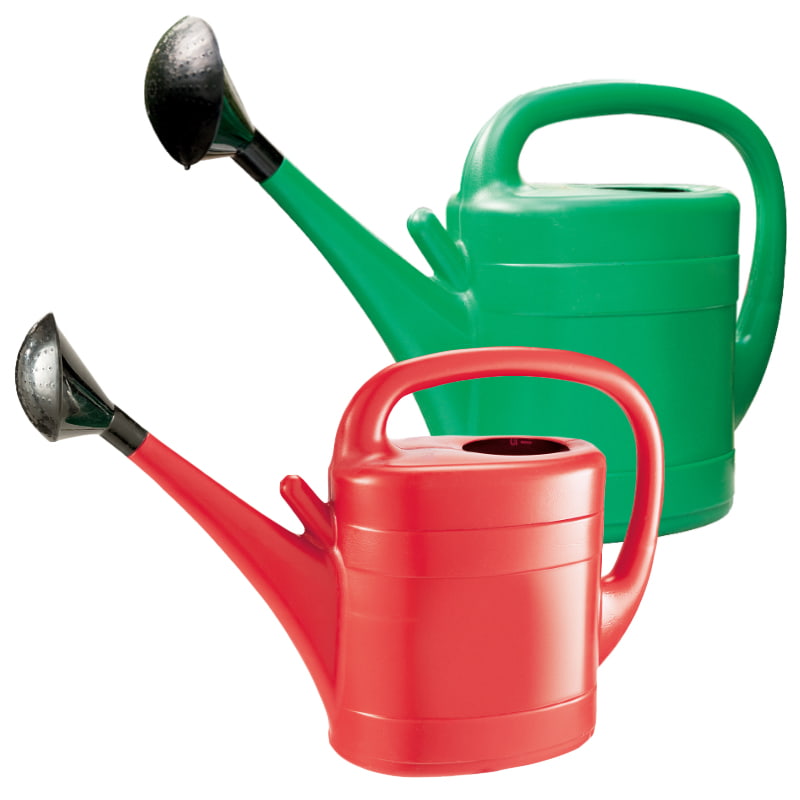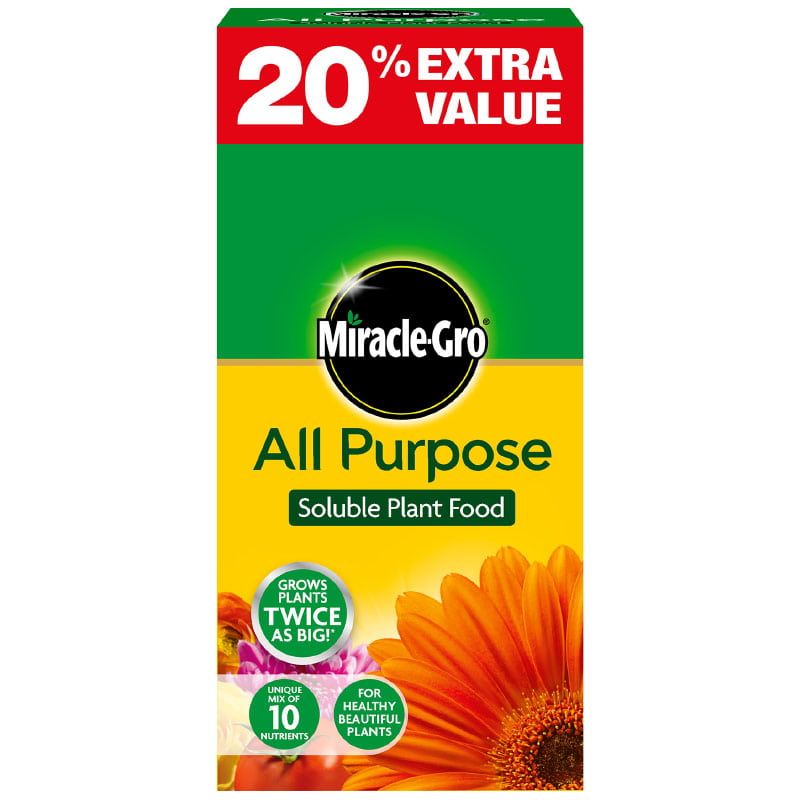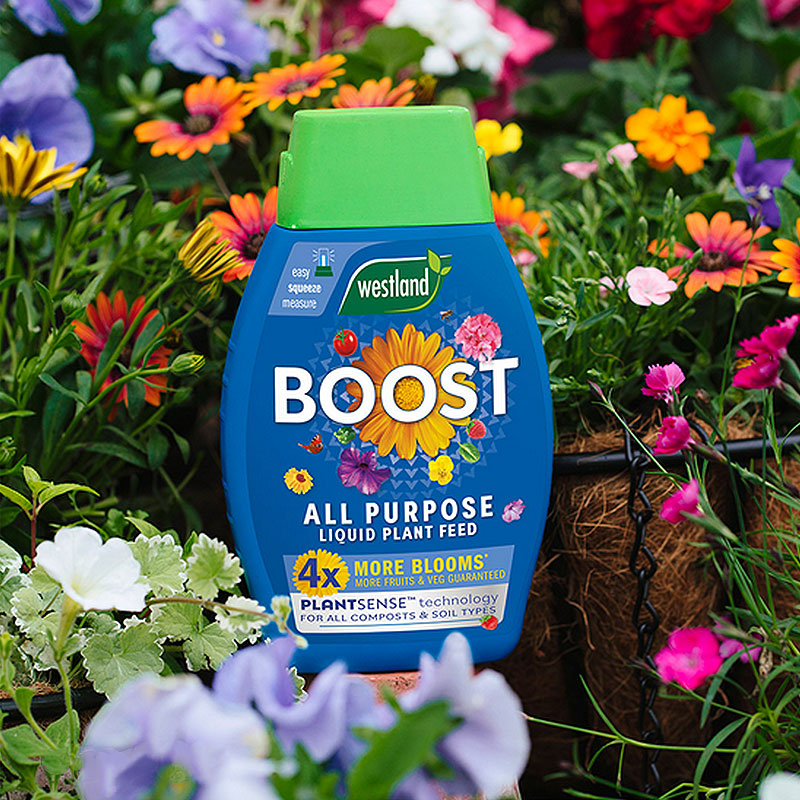4 Top Tips – Gardening During A Hose Pipe Ban
What Can I Do During A Hose Pipe Ban?
While the UK experiences its driest summer since 1935, we’re sharing some tips to help your garden, while there’s a risk of a potential hose pipe ban in your area.
This blog aims to run through what the Hose Pipe Ban may entail, and how you can keep your garden looking its best, without wasting water.
Check Your Local Status
Some areas have already enforced hose pipe bans or water restrictions. You can check your own local area restrictions here:
While the heatwave ravages the country, water companies are asking users to be careful with how we use water at home. Restrictions include asking us to reduce or even looking to impose an area hose pipe ban, to stop us using hose pipes in our gardens and to wash cars.
The Environment Agency says that nowhere in England is currently considered to be ‘in drought’, but is under ‘prolonged dry weather’ status and will move into ‘drought conditions’ if the dry weather continues.
Most water companies are maintaining good reservoir storage for summer demand. But, if the hot weather continues, and further measures are required, there are likely to be temporary hose pipe bans imposed.
The Met Office longer-term weather forecast suggests the dry weather is likely to continue.
What Actually Is A Hose Pipe Ban?
A hose pipe ban is defined by the fact that you can’t use a garden hose or pressure washer, spray gun or sprinkler domestically or for an allotment. This applies while the restriction is in place. Some water suppliers have previously obtained temporary exemptions, to allow the use of hose pipes for allotment use. Before you use your hose for your allotment with free abandon, make sure your area allows for it.
What Happens If I’m Caught Breaking The Hose Pipe Ban?
If you’re caught breaking the hose pipe ban, you’ll be committing an offence. The fine could be up to £1,000.
What Watering Products Are Banned?
Previous hose pipe bans have included:
- Hose pipes
- Sprinklers
Most regions see the use of watering cans, buckets, and drip irrigation systems as acceptable forms of watering your garden.
What’s On The Hose Pipe Ban Banned List?
The following likely on the banned list:
- Watering a garden or domestic allotment
- Cleaning a private vehicle using a hose pipe
- Cleaning private leisure boat using a hose pipe
- Filling domestic swimming or paddling pools
- Drawing water using a hose pipe for domestic use
- Filling or maintaining a domestic pond using a hose pipe
- Filling or maintaining an ornamental fountain
- Cleaning walls, windows or other areas of a domestic premise using a hose pipe
- Using a hose pipe or pressure washer to clean paths, driveways, or patios
- Cleaning artificial surfaces with a hose pipe
What Can I Use In a Hose Pipe Ban?
You can still water your garden, as long as you use a watering can, or bucket, from a water butt. You can also use a drip irrigation system. Drip irrigation systems save up to 90% of water versus hand watering. They’re easy to set up, and you can even use them with timers to automatically water your plants at the best time of day, morning or evening.
We offer a range of products that you can use during a hose pipe ban. These products are perfect to use all year around as they’re proven to save water and money. Why wouldn’t you want to be more efficient at keeping your lawns, beds, borders, plants, and vegetables watered and looking their best? Being more efficient will save you precious time and money.
If you like really simple, no-fuss solutions, we’re offering a Hose Pipe Ban Survival Kit. This kit gives you a watering can, soluble plant food and pouch of water saving gel. The kit aims to help you save water and benefit your plants in this dry weather.
Use A Hozelock Soaker Hose
Products like the Hozelock Soaker Hose can save you time and money, as they’re a highly targetted watering device. This porous drip irrigation hose slowly releases water at ground-level for economical and precise watering.
Garden tip: It’s always worth checking if your local authority has included the use of soaker hoses in their hose pipe ban.
Use Watering Cans
Although Watering Cans take more effort, they’re a traditional and ecological method of watering the base of plants. Saving rain water and filling your watering cans from a water butt. Using recycled rainwater is one of the best things you can do. Remember, you’re not allowed to refill a water butt with a hose during a ban. Alternatively, fill your watering can from your outside tap.
These 10-litre watering cans hold enough to water up to 4 hanging baskets or 2 larger planters without getting too heavy. If you do find them too heavy, simply half fill to make them lighter to handle.
Is There A Hose Pipe Ban In My Area?
To find out if your local water authority is implementing a hose pipe ban, check their website. They publish and keep live, up-to-date information to cover specific rules and restrictions they have in place.
The below list covers the main water authorities to make them easy for you to find:
- Anglian Water – http://www.anglianwater.co.uk/
- South East Water – http://www.southeastwater.co.uk/
- Southern Water – https://www.southernwater.co.uk/
- Sutton and East Surrey Water – http://www.waterplc.com/index.asp
- Thames Water – https://www.thameswater.co.uk/
- Affinity Water – https://www.affinitywater.co.uk/
4 Top Tips To Lower Water Use In Your Garden?
The following water-use facts and stats are certainly eye-opening. They may give you reason to look at longer-term, efficient, water saving options for your garden. If they do, read on for some garden tips to help you save water and become more efficient with your watering:
- Turning your tap off when you brush your teeth, you can save over 6,500 litres of water per year.
- A bath can use up to 100 litres, a shower uses about a third of this. However, be aware – modern power showers can use more water than a bath if you shower for more than 5 minutes.
- To keep your garden looking great in prolonged dry weather, choose drought resistant bedding plants such as:
- Alyssum
- Geraniums
- French and African Marigolds
- Petunias
- Aquilegia
- Campanula
- Heuchera
- A garden hose or sprinkler can use almost as much water in an hour as an average family of four uses in one day. Save water by using a watering can instead of a hose pipe to water your garden.
- The average roof collects about 85,000 litres of rain in a year. Make the most of the rain that falls during this dry period and install one or more water butts to store water, helping to water your garden.
1. Add Mulch To Your Garden
Mulching beds and borders, especially around the base of plants, has a number of benefits:
- Suppresses weeds
- Adds nutrients to the soil
- Reduces water evaporation from the soil
When you add mulch, apply a 5 cm thick (2”) layer of mulch, like chipped bark, rotted manure or compost around the base of your plants and around the rest of the bed. Doing this in early spring or late winter, helps to enrich the soil, ready for new growth and plants.
2. Use Water Saving Gel
Westland Water Saving Gel soaks up to 400x its weight in water and slowly releases the stored moisture to the plant’s roots. Water Saving Gel is great to control moisture in pots, containers and hanging baskets. Simply follow the guidelines and mix it into your compost to help the compost hold onto more water. It helps to reduce water stress in plants, and helps them retain flowers during hot weather along with rapid growth.
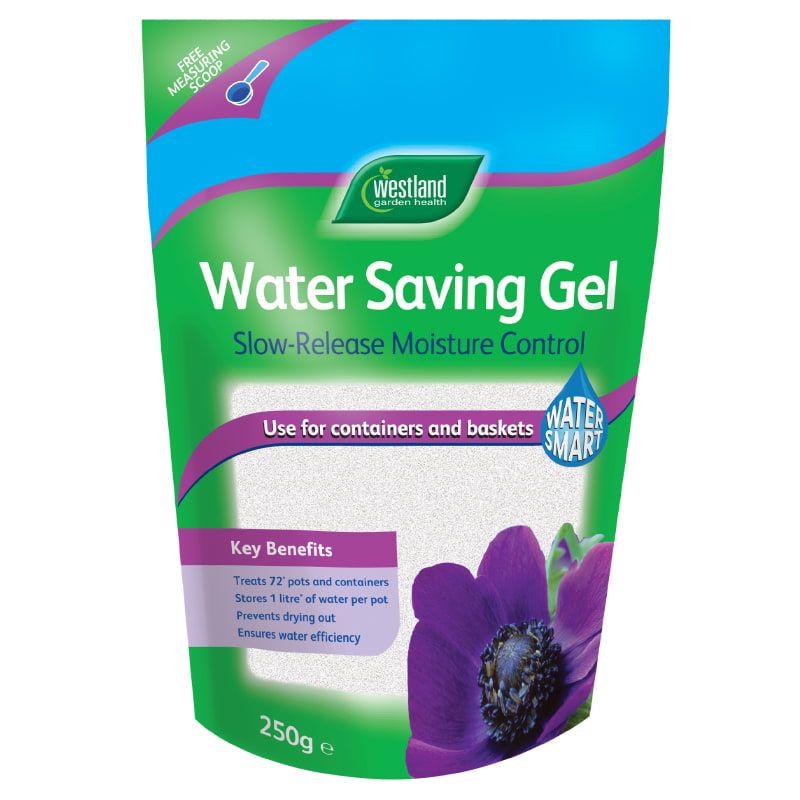
3. Feed Your Plants
Plants perform better and are better prepared for stress when they have access to abundant nutrients. When you water your plants in summer, it’s a good idea to add a water-soluble all-purpose plant nutrient to your watering can.
Use Miracle-Gro All-Purpose Soluble Plant Food
Miracle-Gro All Purpose Soluble Plant Food is perfect to keep your plants looking their best. Imagine coming home to a beautiful garden, filled with containers, hanging baskets, beds, and borders all looking their best (just like the retired couple next-door). Essential nutrients maintain healthy growth and flourishing flowers.
Use The Power Of Westland Boost’s PlantSense™ Technology
Westland Boost All Purpose Plant Feed is a liquid plant feed with PlantSense™ Technology. This new tech maximises water absorption in your media. Boost uses a wetting agent, which reduces any surface run-off and gets more feed into the soil, helping to reduce instances of wasting water.
4. Install A Water Butt
You can still use water from your water butt during a hosepipe ban, so this can be an incredibly precious resource to have in your garden! Use this water to fill up your watering can and water your most vulnerable plants.
If you have several Water Butts, and want to pump your water to your flower beds or vegetable plots, use a powered Hozelock Water Butt Pump. Don’t forget to use Hozelock Water Butt Treatment to treat your stored water. It helps to avoid issues with water born disease and annoying insects, such as mosquitos, and their larvae.
